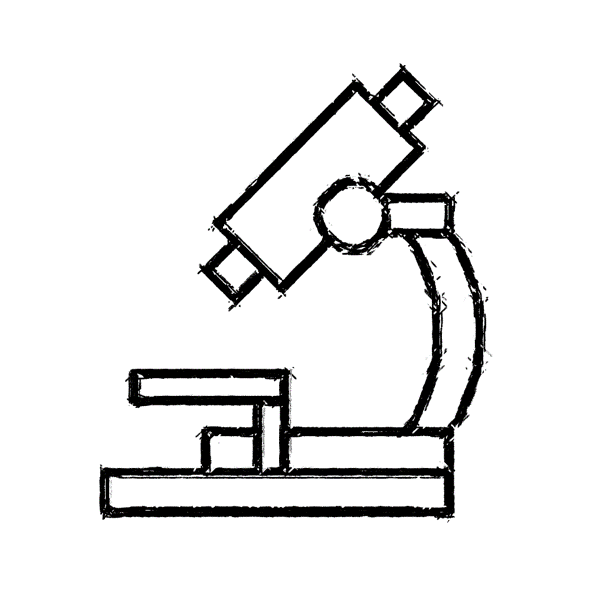Soda-Lime Glass
The general objective of the project is the development of an analytical procedure for the characterization of ancient glass to get information useful for the elaboration of an ideal protecting coating to slow down (and possibly interrupt) the corrosion process. This project considers a set of corroded glass samples found in the archaeological area of Aquileia. The characterization involves different analytical techniques to investigate the composition of archaeological soda-lime glass. The conservation state of these material cultures is evaluated at both macroscopic and nanometric scale, investigating gradually from the surface layers to the unaltered bulk. The scope is the identification of corrosion products correlating them to the glass composition, chromophore and opacifiers, in order to fully comprehend the phenomenon of natural ageing in glass objects.
Frescoes and wall-paintings
The aim of the project is to characterize roman mural paintings made with the fresco technique exposed in an outdoor environment to develop a sustainable and biodegradable protective layer. The diagnostic procedure for the deep characterization of the frescoes, from bulk composition to the identification of degradation products provides analytical techniques widely used in the field of Cultural Heritage. It starts from the characterization of the mortars to obtain information on the petrographic and mineralogical composition, as well as to detect the presence of additives. Chemical data of the major elements content and minor elements plus trace elements present is required to provide specific information on the geological provenance of mortar aggregates and carbonate stone used for the production of lime. The characterization of the pictorial layer is carried out with the same techniques used for the mortars such as spectroscopic techniques, electron microscopy and x-rays. The in-depth characterization of the frescoes will allow the creation of mock-ups on which to test and develop the protective system.
Bronze objects
The project focuses on the establishment of a non-invasive multi analytical protocol for the identification of the conservation state of archaeological bronzes as a mean for the formulation of modern conservation treatment. The corpus under examination is composed of heavily corroded Roman coins from the lagoon environment of the Aquileia archaeological area. The complete stratigraphic study of ancient metals a complex task, due to the opacity of metal alloys and of thick corrosion layers they are enclosed in. The aim is to investigate how different diagnostic techniques can interact with each other, allowing the detection of latent corrosion activity and its causes. The analytical methods investigated include electrochemistry, x-rays and spectroscopy. The expected results will contribute to identify the preservation issues of this class of archaeological objects and lead to the production of mock-ups for the testing of new protective treatments.
Ancient documents
This project aims to investigate the chemical alterations that occur in the natural ageing process of handwritten documents stored in Venice archives. This study focuses on the interactions between writing supports and inks. In order to avoid potential damaging of historical artifacts, well known analytical techniques, e.g. Raman, UV-Vis and IR spectroscopy, will be employed for the degradation assessment of model ink and paper mockups. This research support a multidisciplinary collaboration to develop non-invasive THz time-domain imaging, for both digitalization and characterization purposes.
Mosaics
The focus of this research is to improve the knowledge about the composition and conservation of mosaics. Mosaics are complex system composed of tesserae nested in a bedding layer. Due to the different nature of the several materials that compose mosaic, conservation processes is difficult. Thus, the research will start with the characterization of stony tesserae and mortars from Aquileia. Samples of tesserae will be prepared in the form of cross sections. Optical and electron microscopy, spectroscopic techniques, x-rays techniques are some of the analysis that will be applied in order to characterize the samples. Furthermore, samples of the mortar that compose the bedding layer will be extracted and characterized also by the use of isotopic analysis. The results achieved by the analysis will give petrographic and mineralogical information. Thanks to this knowledge, will be possible to understand the technology used to prepare the mosaics and the provenance of the lithotypes. Moreover, this knowledge will be the starting point for the development of a compatible compound aimed for the conservation of mosaics systems.
